Tokyo continues to captivate international visitors with its unique blend of cutting-edge innovation and timeless tradition. From immersive digital art experiences to ancient temples, the city offers diverse attractions that appeal to travelers from around the world. Based on the latest review data and visitor statistics from 2023, we present the definitive ranking of Tokyo’s most popular destinations among foreign tourists.
- 1st Place: teamLab Planets TOKYO DMM
- 2nd Place: Tokyo Skytree
- 3rd Place: Sensoji Temple
- 4th Place: Tokyo Tower
- 5th Place: Meiji Shrine
- 6th Place: Akiba Fukurou
- 7th Place: Kaminarimon Gate
- 8th Place: Shinjuku Gyoen
- 9th Place: Shibuya Scramble Crossing
- 10th Place: Ueno Zoo
Japan’s largest inbound tourism media “Hounichi Lab” and mov Corporation (CEO: Makoto Watanabe, headquarters: Shibuya, Tokyo), which operates “Kuchikomi-com,” a store support SaaS that transforms review sites into sales drivers, has released their exclusive ‘Inbound Popular Tourist Destination Ranking’ based on the latest review data from tourist attractions. We’ll introduce each ranking spot with brief explanations from Tokyo Smart.
Source: 2023 statistical survey https://prtimes.jp/main/html/rd/p/000000293.000024246.html
Tokyo’s Top 10 Inbound Tourism Spots
1st Place: teamLab Planets Certified by Guinness World Records as the world’s most visited museum by a single art group, teamLab also ranked 5th in Google’s “Year in Search 2023” for “World’s Most Popular Museums,” following the Louvre, British Museum, Musée d’Orsay, and London Natural History Museum. teamLab Planets is an experiential museum by art collective teamLab, featuring seven artworks centered around four massive art spaces with the concept of a “museum where you enter water.”


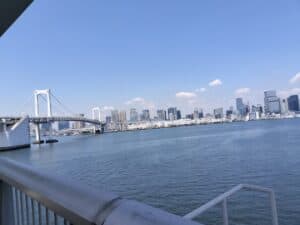
2nd Place: Tokyo Skytree At 634 meters tall, Tokyo Skytree is certified by Guinness World Records as the world’s tallest tower. The main attraction is the observation floor offering panoramic views of the Kanto Plain. From this overwhelming height, Tokyo’s towering skyscrapers look like miniatures. The nearby concentration of tattoo-friendly public baths adds to its appeal.
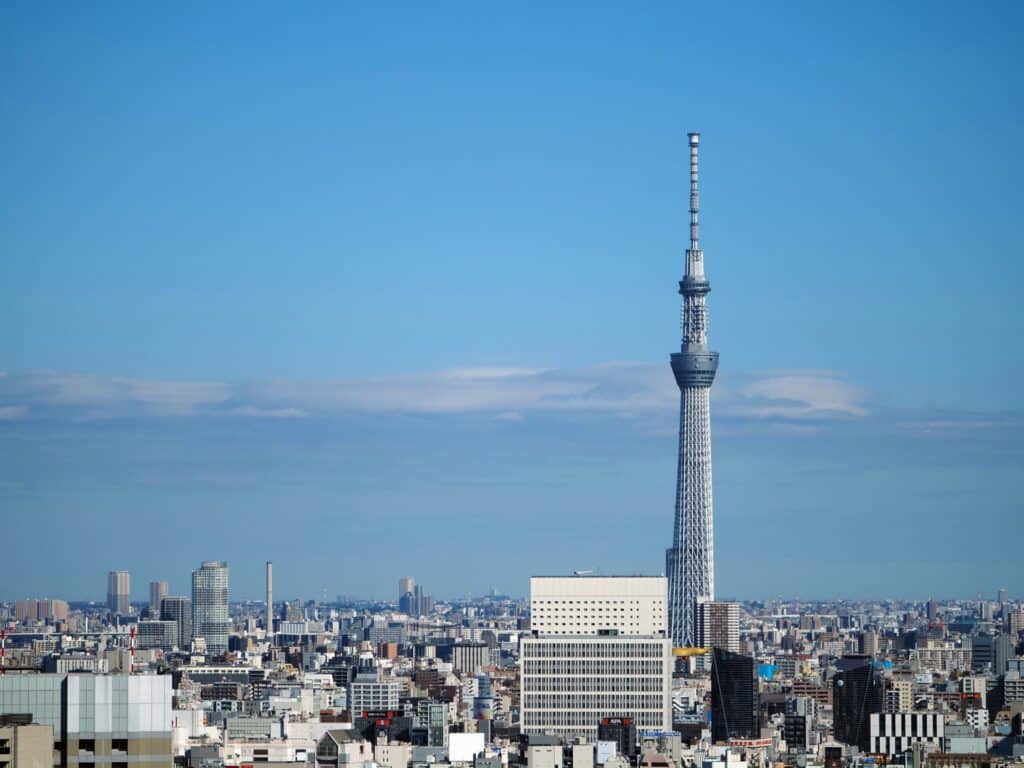
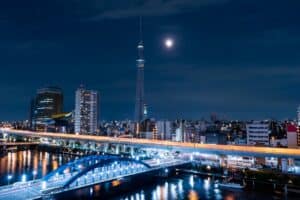
3rd Place: Sensoji Temple, 7th Place: Kaminarimon Gate While Sensoji Temple ranks 3rd and Kaminarimon Gate ranks 7th independently, since the famous photo spot Kaminarimon is Sensoji Temple’s main entrance, it’s natural to consider them together. We’ll treat both together here.
Having grown up in this area and still visiting 4-5 times yearly, I observe that over 90% of people walking through the souvenir shopping arcade connecting Kaminarimon and Sensoji Temple are foreigners, particularly Asian travelers.
Foreigners love this area because Sensoji Temple symbolizes Japanese tradition and culture, offering valuable experiences of Japanese history and culture. Additionally, Asakusa is one of Tokyo’s premier gourmet areas, with renowned sushi, Japanese, and Western restaurants concentrated here.
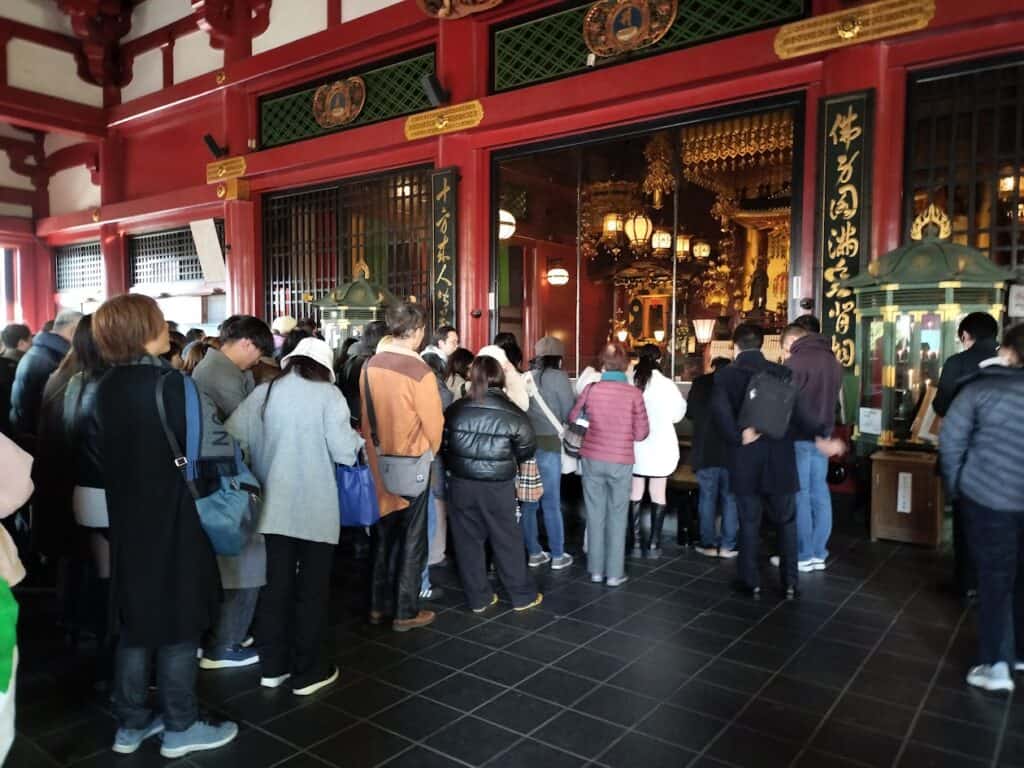

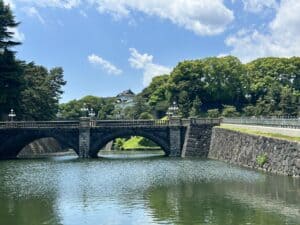
4th Place: Tokyo Tower Tokyo Tower reigned as Japan’s tallest broadcasting tower for nearly half a century until Tokyo Skytree was built in 2011. However, its popularity remains strong. According to a 2021 Japan Trend Research survey on broadcasting towers, Tokyo Tower maintains 67.9% support as “Tokyo’s symbol” versus Tokyo Skytree’s 32.1%.
Tokyo Tower attracts approximately 2 million visitors annually, with 40% being foreign tourists. It enjoys worldwide popularity as a tourist attraction and Instagram-worthy spot. While Skytree is surrounded by a down-to-earth atmosphere where you can sense ordinary citizens’ daily life, Tokyo Tower’s surroundings exude luxury and fashionable sophistication. For dating spots, Tokyo Tower is definitely recommended.
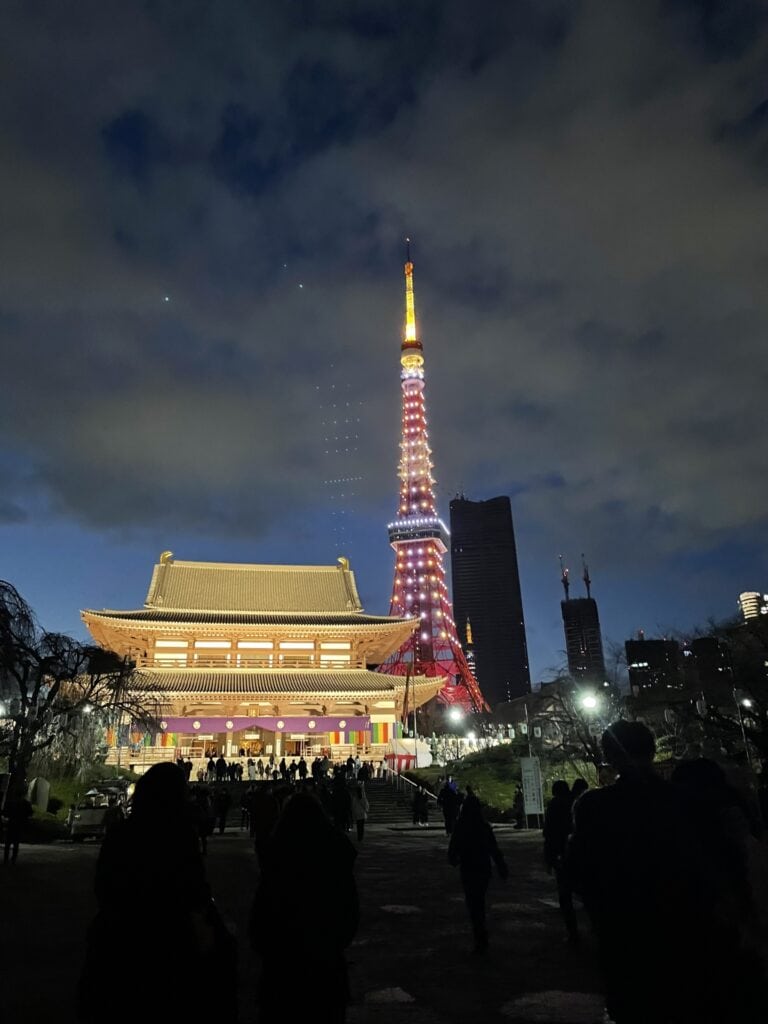
5th Place: Meiji Shrine Meiji Shrine, which records Japan’s highest New Year’s visitor numbers annually, spans an area equivalent to 15 baseball fields with surprisingly rich greenery for central Tokyo, creating a healing oasis. This shrine honors Emperor Meiji and Empress Shoken. For Meiji Shrine’s construction, approximately 100,000 trees donated from across Japan were planted, creating an artificial forest aimed at becoming an “eternal forest.”
This location is popular among foreigners because visitors can experience the mystical nature unique to Japanese shrines, it’s conveniently located just 2 minutes from JR Harajuku Station with walking access to the popular Takeshita Street and Shibuya Scramble Crossing, the grounds feature several power spots and Instagram-worthy locations for enjoyable exploration, and finally, their excellent English communication allows detailed understanding of Meiji Shrine through the internet.
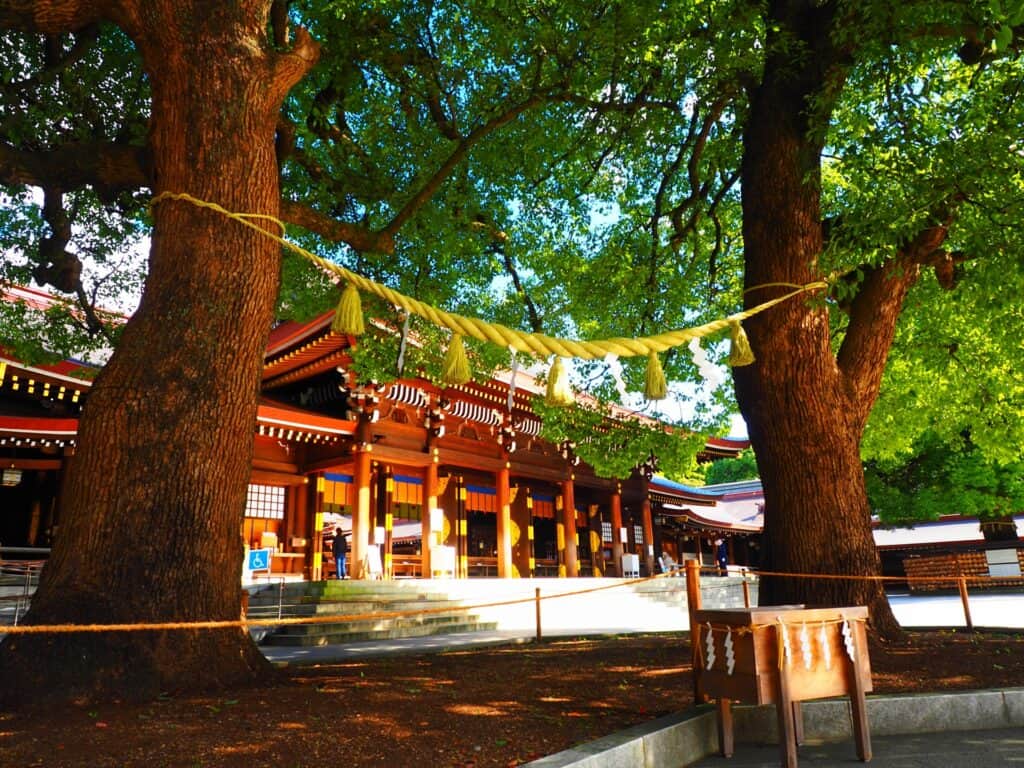
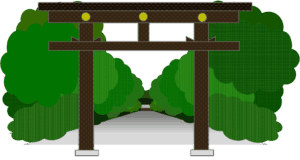
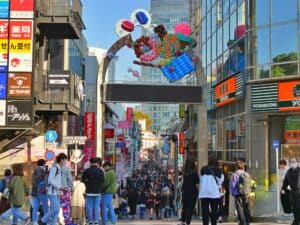
6th Place: Akiba Fukurou Akiba Fukurou is an owl cafe located 2 minutes from Akihabara. Visitors can directly touch owls, feed them, and take commemorative photos while holding them. It’s surprising that a single cafe ranks alongside Tokyo’s major tourist attractions.
Following Akiba Fukurou’s success as a 2014 pioneer, similar owl establishments opened in Harajuku, Shinjuku, Asakusa, and Kichijoji. However, Akiba Fukurou maintains its unshakable No.1 position, likely due to the owl-enthusiast couple’s management philosophy. First, they prioritize owl welfare by providing regular breaks without forcing customer service and immediately resting sick birds. Second, they thoroughly established English customer service systems. While English support is now standard, it was rare when they opened, so foreign visitors spread word-of-mouth, creating explosive popularity. Being located in Akihabara—the holy land of electronics, maid cafes, otaku culture, and anime culture where many foreigners gather—also provided favorable conditions.
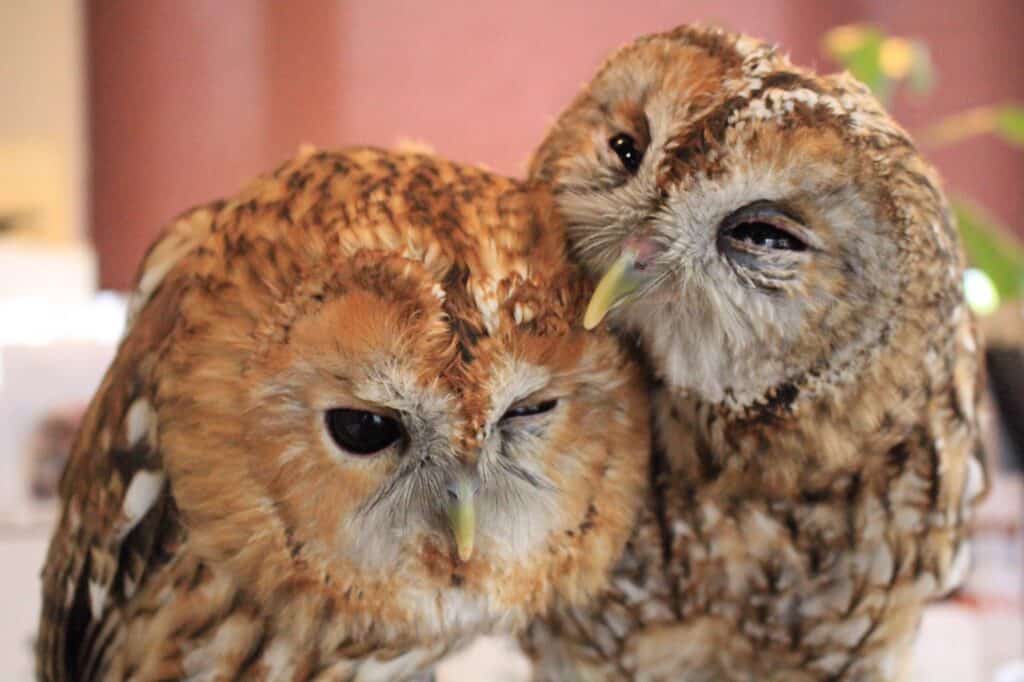
8th Place: Shinjuku Gyoen Shinjuku Gyoen is a vast green healing spot standing in the metropolis. It features three distinctive gardens: Japanese gardens, formal gardens, and landscape-style gardens with spacious lawns offering natural scenery. In spring, approximately 900 cherry trees paint the park pink. Autumn brings magnificent autumn leaves and imperial chrysanthemum exhibitions. Various plants are cultivated in the gardens and greenhouse. Shinjuku Gyoen is enjoyable year-round. When I visited in April 2025, 90% of visitors were foreigners, with roughly equal proportions of Asians and Westerners.

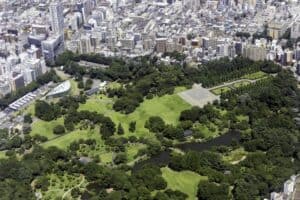
9th Place: Shibuya Scramble Crossing Shibuya Scramble Crossing is one of the world’s most famous intersections. A Japanese TV program investigated whether people ever stop crossing this intersection, finding it happened only once during late-night hours. This busy intersection with surging crowds serves as the starting point for Shibuya tourism.
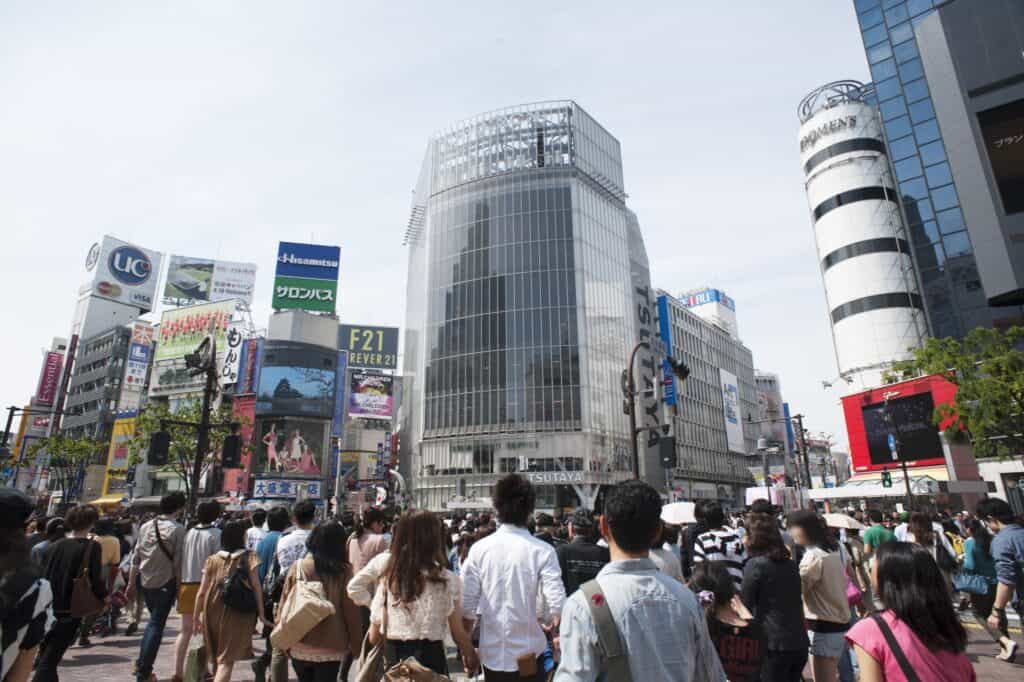
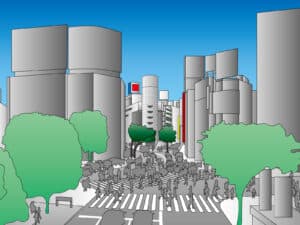
10th Place: Ueno Zoo Ueno Zoo is an urban zoo maintaining nature and scenery despite being in central Tokyo, housing approximately 3,000 animals of 300 species. Rare animals including giant pandas, Asian elephants, giraffes, and shoebill storks can be observed. Japan’s first zoo charms visitors with exhibits that utilize the animals’ natural behaviors cultivated through its long history.
Visit duration ranges from 2 hours for a quick overview to 4 hours for leisurely exploration. Since Ueno offers many attractions including large natural parks, museums, art galleries, Ameyoko, and jewelry districts, a morning zoo visit followed by afternoon Ueno exploration makes an interesting trip.
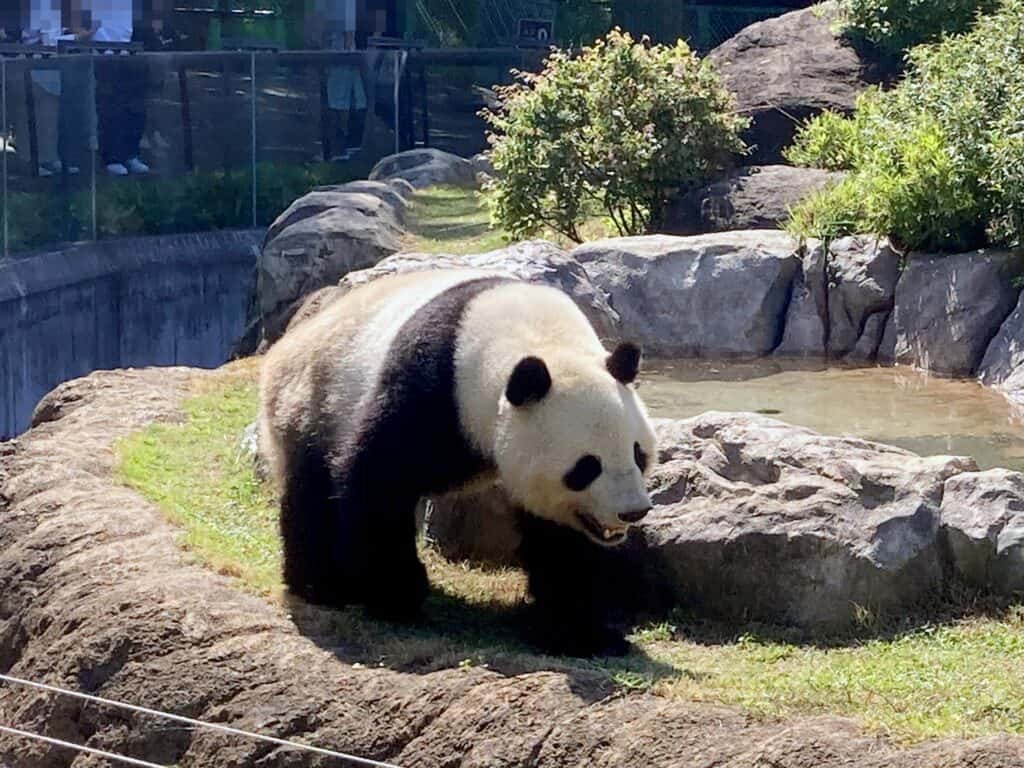
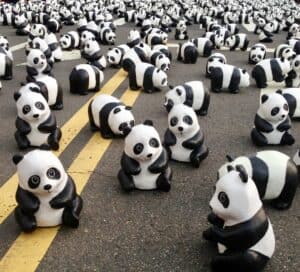

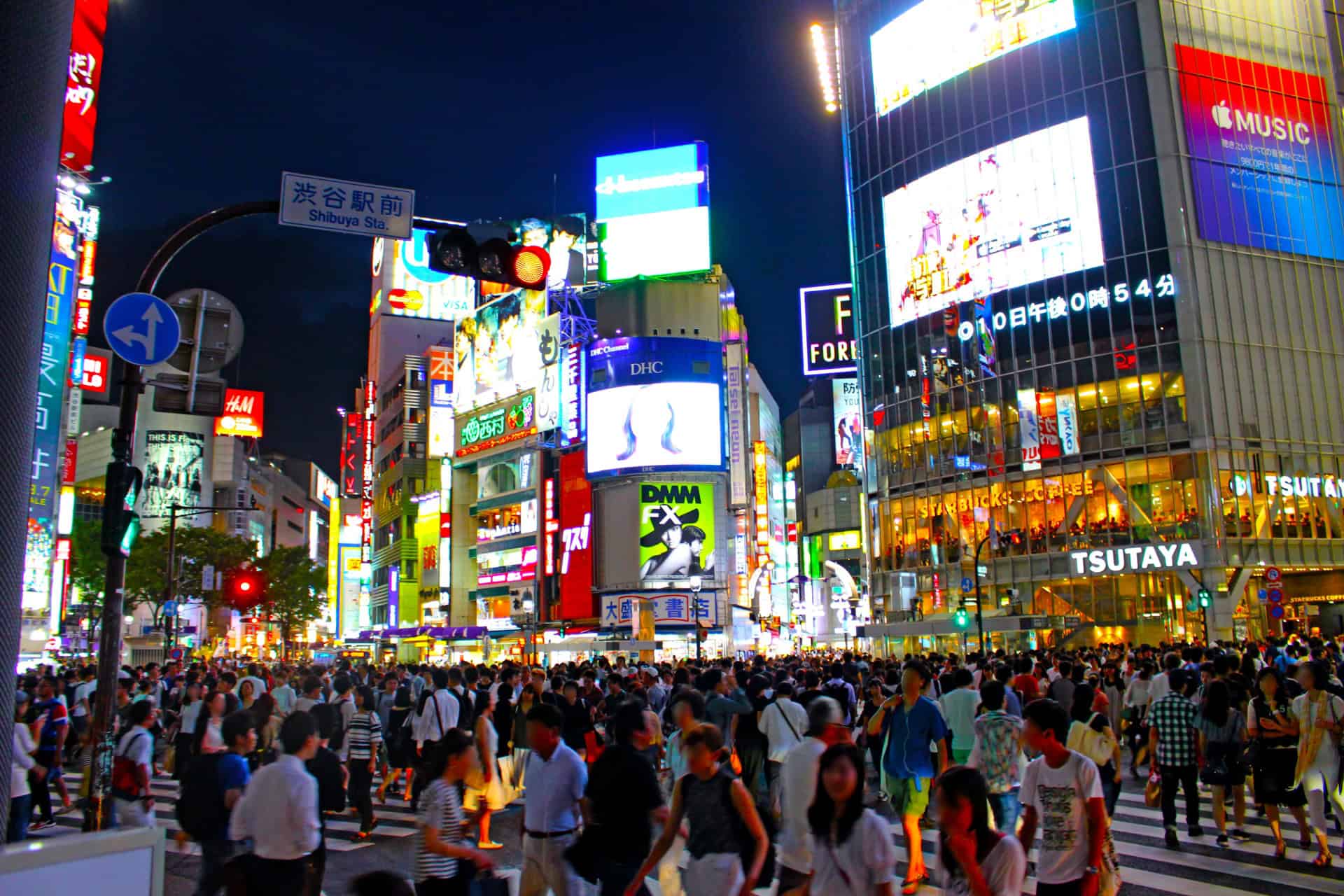

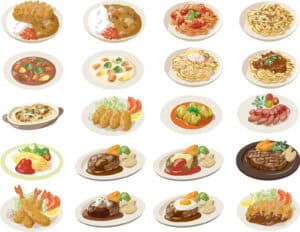
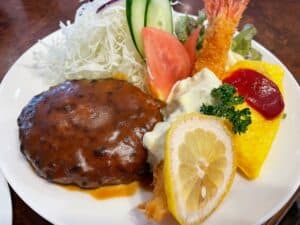
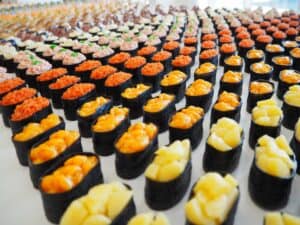
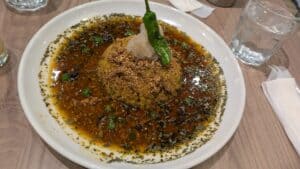
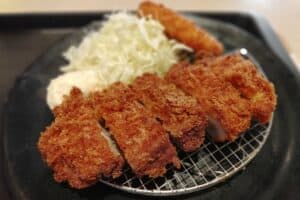
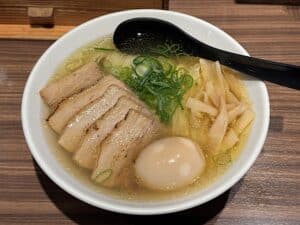
コメント